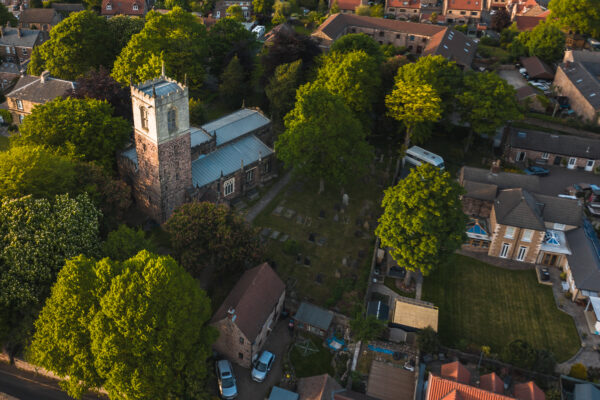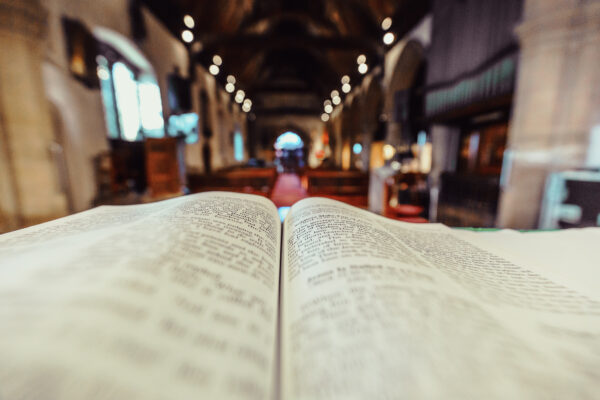Sunday 18th February
Year B: The First Sunday of Lent
Liturgical Colour: Purple or Lent array
Readings:
- Psalm 25: 1-10
- Genesis 9: 8-17
- 1 Peter 3: 18-22
- Mark 1: 9-15
Background
Lent may originally have followed directly after Epiphany, just as Jesus’ time in the desert followed his baptism. However, it is now firmly attached to Easter. This is probably because Easter is a principal occasion for baptism and historically the time of reconciliation for someone who had been excluded from the church, perhaps for serious offences or renouncing their faith (apostasy). This explains why there is an emphasis on repentance, self-examination, fasting and study to deepen faith, which is what people did as they prepared themselves to be admitted or re-admitted into the church.
It is a pretty muted period of the church year for most people. However, some traditions don’t commemorate Lent at all because it is not biblical. It is true that our Gospel reading today describes Jesus in the desert for forty days, but that is as close as the New Testament gets to Lent and there are no Old Testament festivals similar enough to justify it either.
If your tradition is to commemorate Lent then the colour is purple, which represents preparation, repentance and mourning. Also, we usually don’t have flowers in church, include the Gloria in worship, or say or sing Alleluias during Lent. All of which, in theory at least, helps us to reflect on and reorder our relationships with God, one another and the world.
Some churches adopt Lenten Array. This is unbleached linen or a similar fabric, sometimes plain or sometimes with symbols of the crucifixion, which are used to cover crosses, icons and anything else that might catch the eye and distract. This usually happens in the last two weeks of Lent, but some churches use it throughout. As ever, there are different views about when and what things should be covered and uncovered, and with what, depending on whether people are following the Sarum Rite or Use or Roman Rite or Use or neither. Other churches cover the altar with what is known as a hunger cloth. These may be plain, but from medieval times have traditionally been richly decorated with bible stories.
The Church of England Rules don’t cover any of that, but do state that the liturgical colour is purple until the day before Palm Sunday. (Apart from Rose Sunday, but we can think about that when it arrives.)
Churches in our wonderfully diverse diocese will be doing all of the above and more or nothing at all!
Reflection
It may seem a little odd that people cover images and statues of Christ on the cross during Lent. After all, they remind us about his passion and death. Interestingly, however, the grim depictions of the crucifixion that we are so used to seeing today only became popular after the tenth century and were absent from the early churches. Rather, the Christ depicted on the earliest mosaics and walls are of the incarnate, risen Christ who had defeated death and transfigured the world with the Spirit of life. The images originally covered therefore were a foretaste of paradise and certainly would have distracted from the solemnity. Furthermore, that paradise was not predicted after death but rather directly after baptism. I would like to return to this topic – but perhaps after Lent!
So what?
Some people give something up for Lent. Some people take something on to build up their faith through spiritual discipline. Others determine to do something good in the world. We have a number of different resources available to help us in the diocese. These include the Tree of Life Lent Course produced by our own Bill Goodman. Also, the Bishop of Sheffield’s Annual Lecture to which all Focal Ministers are invited and encouraged to attend. Whatever you do, and lead those whom you serve to do, I pray that this Lent will bring you closer to the living God.



